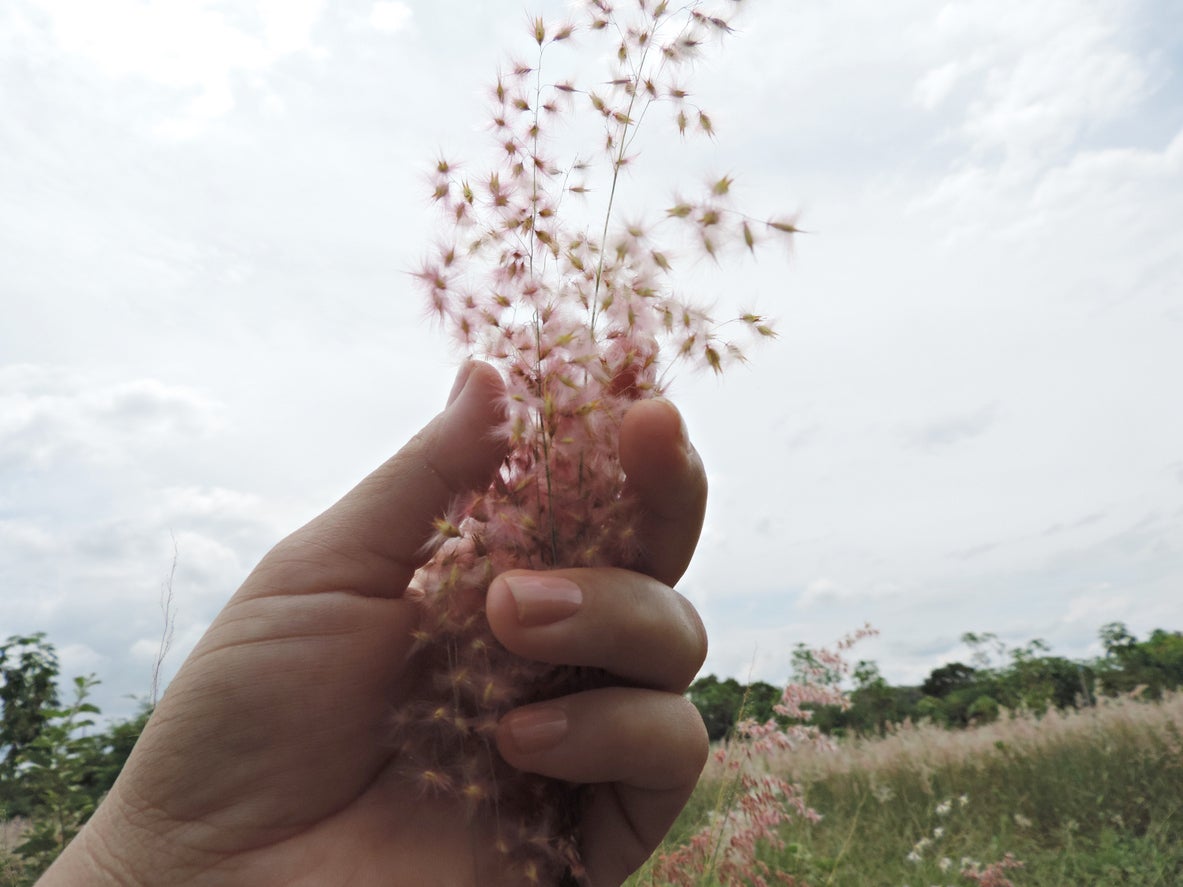Ornamental Grass Seed Propagation – Learn About Collecting Ornamental Grass Seeds


Ornamental grasses can be an excellent addition to flower beds and landscape borders. Coming in a wide range of shapes and sizes, their dramatic plumes and color can offer homeowners stunning visual interest when arranged with other ornamental plants. Their carefree growth habit, in addition to the ease at which ornamental grass seed propagation can occur, make these grasses an excellent choice even for novice growers.
Collecting Ornamental Grass Seeds
Often, one of the most rewarding aspects of gardening is the process of collecting seed and propagating plants within the garden. This cost effective and economical strategy can help gardeners create beautiful outdoor spaces, even when restricted by tight budgets.
Like many other plants, the process of harvesting grass seed is quite simple. However, before you begin collecting ornamental grass seeds, there are a few considerations to examine. Most notably, growers should take into account whether the plant is a hybrid or open pollinated variety of grass. While many cultivars will grow true-to-seed, it is possible that the offspring of some hybrid varieties may not look exactly like the parent plants.
How to Save Ornamental Grass Seeds
Even though some ornamental grasses readily reseed and spread in the garden, other varieties may need assistance. As with any plant in the landscape, collecting ornamental grass seeds requires patience. Seeds developing along the grass plume or seed head must be allowed to fully and completely mature before it is removed. This will help to ensure the best possible seed when it comes time to plant.
When seed has matured, it is important to immediately remove the seed heads from the plant. If left too long, seeds may begin to drop onto the ground or be eaten by birds and insects. Allow the seed heads to dry one to two additional days after they have been removed. Allowing seeds to dry further is a necessary step to avoid mold or other issues which may occur when the seed is stored.
The process of harvesting the seeds can leave plant matter, called chaff, mixed with the seeds. To remove these plant pieces, growers can gently blow it away with the use of a small fan or outdoors on a breezy day. Store the seeds in a dry, dark place until it is time to plant.
Sign up for the Gardening Know How newsletter today and receive a free copy of our e-book "How to Grow Delicious Tomatoes".

Tonya Barnett has been gardening for 13 years. Flowers are her passion. She has transformed her backyard into a cut flower garden, which she regularly chronicles on her YouTube channel http://www.youtube.com/@tonyawiththeflowers.